Ever wondered how your manufacturing business can stand out while doing right by the planet? Sertifikasi ISO 14001 might just be the golden ticket. It’s not just a badge of honor—it’s a framework that helps companies like yours manage environmental impact, boost efficiency, and win the trust of customers and partners alike. For manufacturing and industrial firms, sertifikasi ISO 14001 is a game-changer. Let me explain why and how you can make it happen, step by step, in a way that feels achievable and even a little exciting!
What’s ISO 14001, and Why Should You Care?
Sertifikasi ISO 14001 is an international standard for environmental management systems (EMS). Developed by the International Organization for Standardization, it’s a roadmap for businesses to reduce waste, conserve resources, and improve sustainability—all while keeping the bottom line in mind. For manufacturers, think of sertifikasi ISO 14001 like a well-oiled machine: it fine-tunes your processes to cut pollution, lower energy costs, and keep your operations humming sustainably.
Why bother? Customers today aren’t just buying products; they’re buying values. A 2025 survey by Deloitte showed 68% of consumers prefer eco-conscious brands. Getting sertifikasi ISO 14001 shows you’re ahead of the curve, not scrambling to catch up. And honestly, who doesn’t want a leaner, greener operation that saves money in the long run?
The Nuts and Bolts: What Does ISO 14001 Involve?
Here’s the thing: sertifikasi ISO 14001 isn’t a one-size-fits-all checklist. It’s a flexible framework tailored to your factory floor, your supply chain, your reality. At its core, it follows a Plan-Do-Check-Act cycle. You plan by assessing your environmental impact—say, the water your plant uses or the emissions from your furnaces. Then, you do—implement changes like switching to LED lighting or recycling scrap metal. Next, you check results with audits and data. Finally, you act to tweak and improve.
Key elements include:
- Environmental Policy: A public promise to go green—your mission statement for sustainability.
- Planning: Identify risks (like chemical spills) and opportunities (like energy savings).
- Implementation: Train your team, update processes, and get everyone on board.
- Monitoring: Measure progress—think carbon footprint or waste reduction.
- Improvement: Keep refining, because perfection’s a journey, not a pit stop.
Sounds like a lot, right? It can be, but it’s doable. A steel plant in Ohio slashed energy use by 15% after sertifikasi ISO 14001, per a 2024 case study from the American Manufacturing Association. That’s real dollars saved—and a cleaner planet to boot.
Why Manufacturing and Industrial Firms Need This
Manufacturing isn’t exactly known for being gentle on the environment. Heavy machinery, chemical runoff, and massive energy demands—your industry faces unique challenges. Sertifikasi ISO 14001 tackles these head-on. It helps you map out where waste happens (maybe those leaky compressors?) and curb it. You’ll avoid headaches and keep operations smooth.
Here’s a quick aside: ever notice how summer heat waves—more intense in 2025 than ever—push energy bills through the roof? Sertifikasi ISO 14001 can help you cut consumption, easing the strain on your budget and the grid. It’s practical stuff that ties into bigger trends. Plus, suppliers and clients, especially in Europe, often demand this certification as a condition of business. Get certified, and you’re not just surviving—you’re thriving.
Step-by-Step: How to Get ISO 14001 Certified
Ready to roll? Here’s a clear path to sertifikasi ISO 14001, broken down so it’s not overwhelming. You’ve got this!
- Get Buy-In from the Top
Leadership matters. Convince your C-suite that this isn’t just tree-hugging—it’s a profit driver. Show them the cost savings and market edge. A committed boss sets the tone.
- Assess Your Starting Point
Conduct a gap analysis. Where are you now? Check energy use, waste streams, even how your forklifts impact air quality. Tools like Enablon or Intelex software can help track this.
- Build Your EMS
Draft your environmental policy—keep it simple, sincere. Set goals: maybe cut water use by 10% in a year. Document processes, from handling hazardous materials to recycling packing crates.
- Train Your Crew
Your workers are the heart of this. Teach them why it matters—less waste means a safer workplace, too. Short workshops or online modules from providers like SAI Global work wonders.
- Test and Tweak
Run a trial. Monitor results—say, track gallons of oil recycled. Adjust where needed. Maybe that new filter system isn’t cutting it; swap it out.
- Audit Time
Bring in an internal team or a consultant to review. They’ll spot gaps—perhaps a missed opportunity. Fix those before the big day.
- Certification Audit
Hire an accredited body. They’ll do a two-stage audit: first, a desk review of your docs; then, an on-site check. Pass, and you’re golden!
- Keep It Going
Certification lasts three years, but annual check-ins keep you sharp. Celebrate wins—share with your team when emissions drop. It’s a morale boost!
You know what? The process might feel like climbing a hill, but the view from the top—lower costs, happier stakeholders—is worth it.
Challenges: What Might Trip You Up?
Nothing’s perfect, and this journey has its hurdles. Costs can sting upfront—consultants, audits, and upgrades might run thousands. Small factories might feel stretched; a 2025 report from Industry Week noted 30% of mid-sized firms worry about resources. Time’s another factor—certification can take 6 to 18 months. And don’t forget resistance: some workers might grumble about extra steps.
But here’s the flip side: those costs pale next to lost contracts. Time invested now saves headaches later. And winning over your team? Pair training with a vision—cleaner air, a legacy to be proud of. It’s not just a process; it’s a story you’re building.
The Payoff: Benefits That Hit Home
Once you’ve got sertifikasi ISO 14001, the rewards roll in. Efficiency jumps—less energy, less waste, more savings. A textile mill in Georgia cut water use by 20% post-certification, per a 2024 study. Customers notice; a certified badge on your website screams reliability. And your team? They’ll feel the pride of working for a leader, not a polluter.
Think of it like tuning a car engine: smoother performance, better mileage. Or picture this—your grandkids visiting a cleaner, greener planet because your shop took a stand. Doesn’t that feel good?
Tips to Make It Stick
Want to ace this? Lean on software like Sphera for tracking. Partner with experts—consultants like ERM know the ropes. Start small: focus on one area, like reducing solvent use, then scale up. And keep the momentum—post-certification, set new goals. Maybe solar panels next? Tie it to 2025 trends—sustainability’s hot, and you’re in the driver’s seat.
Ready to Take the Leap?
Sertifikasi ISO 14001 isn’t just a certificate; it’s a mindset. For manufacturing and industrial companies, it’s your chance to balance profit and planet, to show the world you’re serious. Yes, it takes effort—some cash, some sweat, a dash of patience. But the wins? They’re tangible: lower bills, loyal customers, a legacy you can stand by. So, why wait? Grab this opportunity. Your journey to a greener, stronger operation starts now—let’s make it happen!
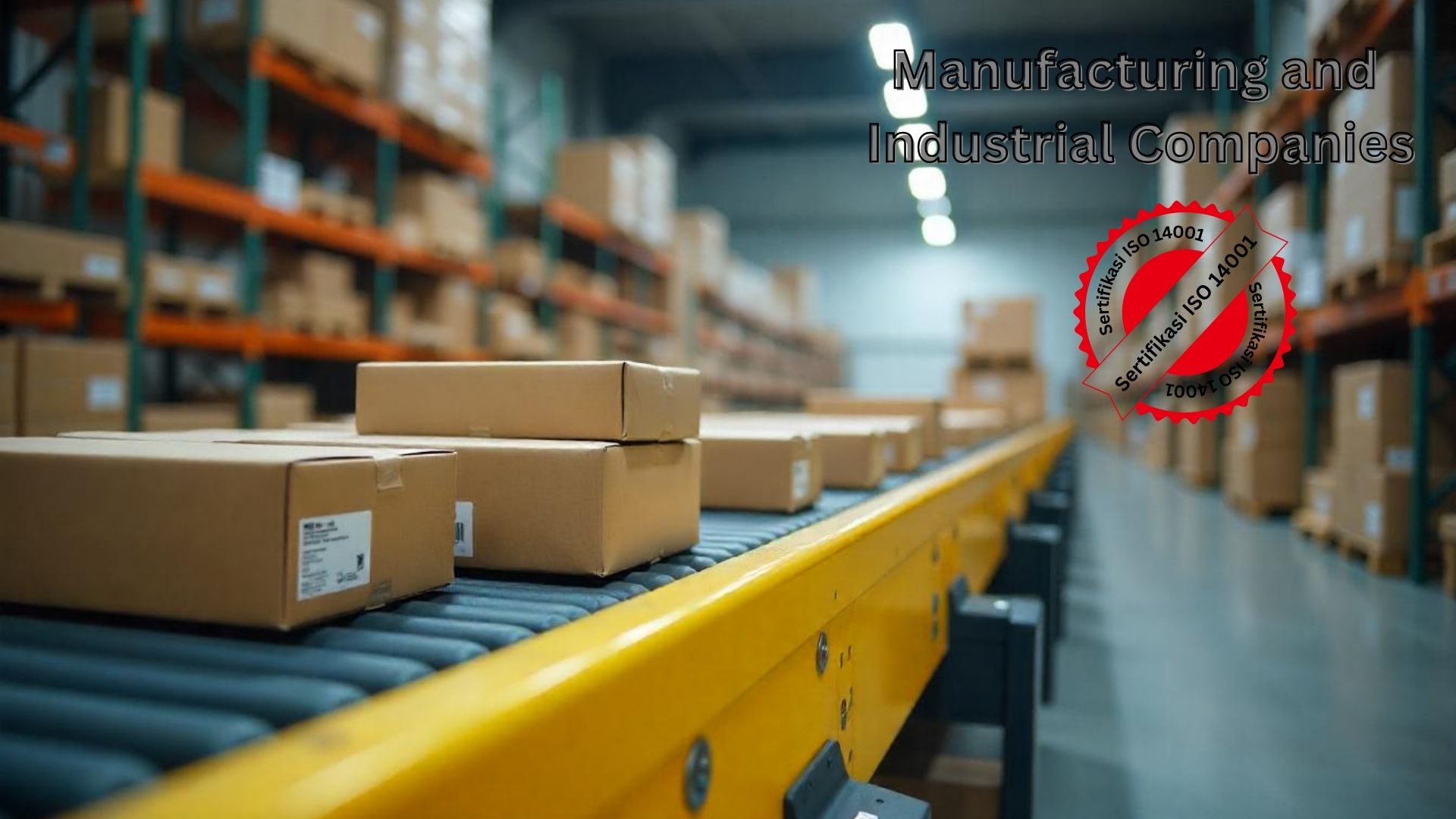
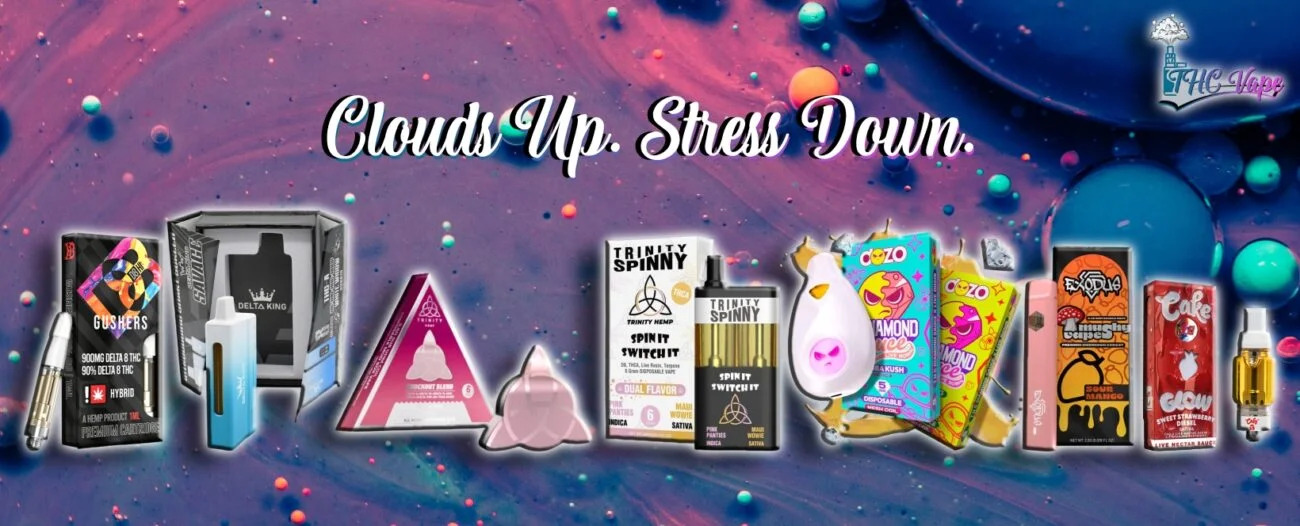

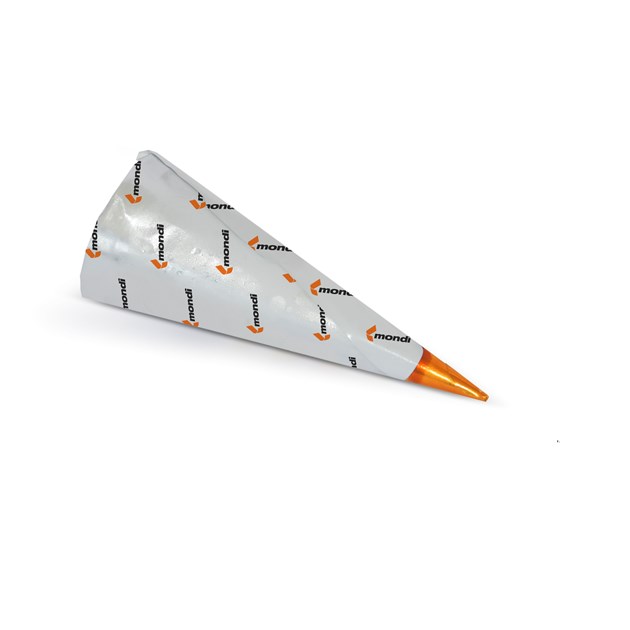


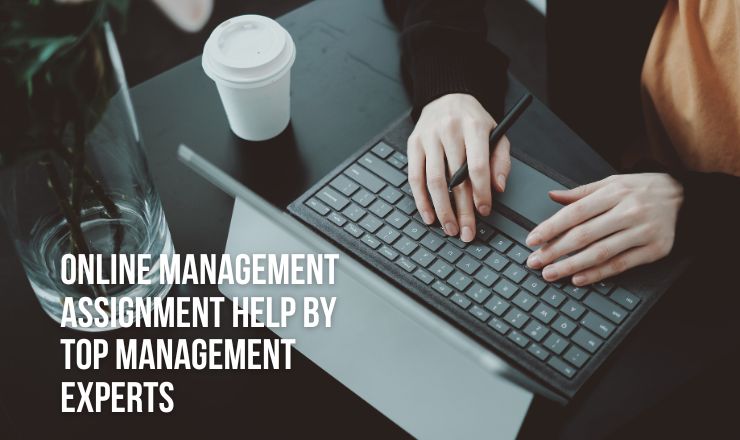

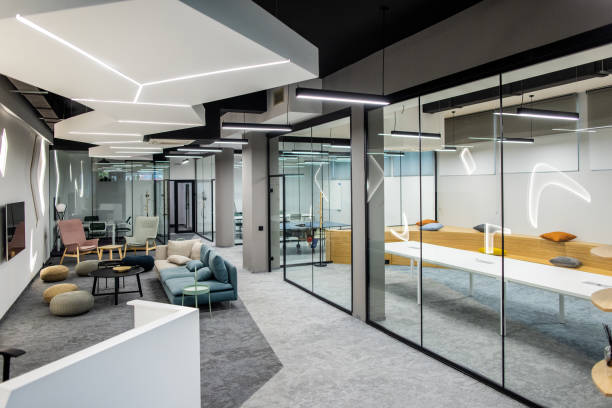
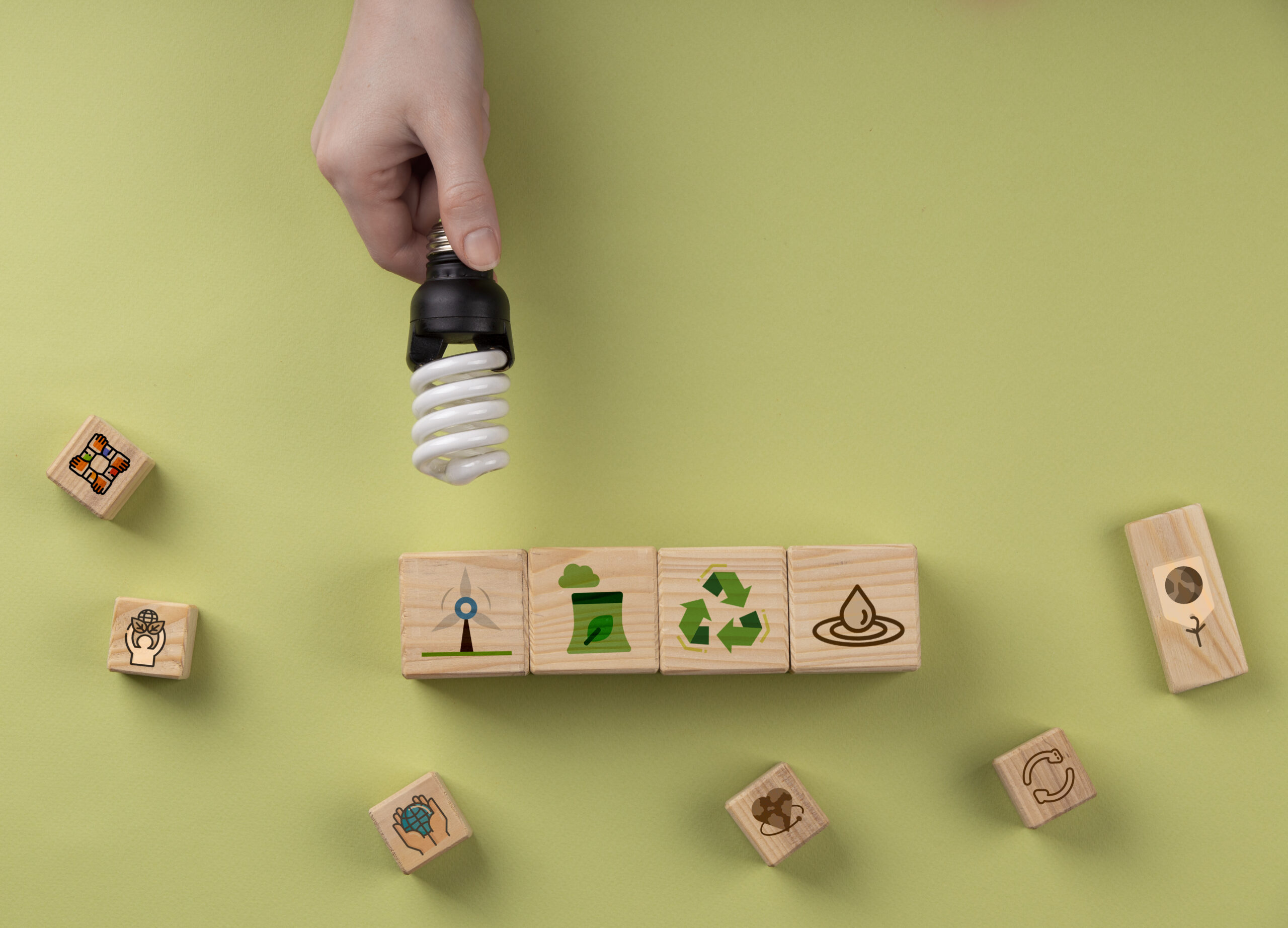

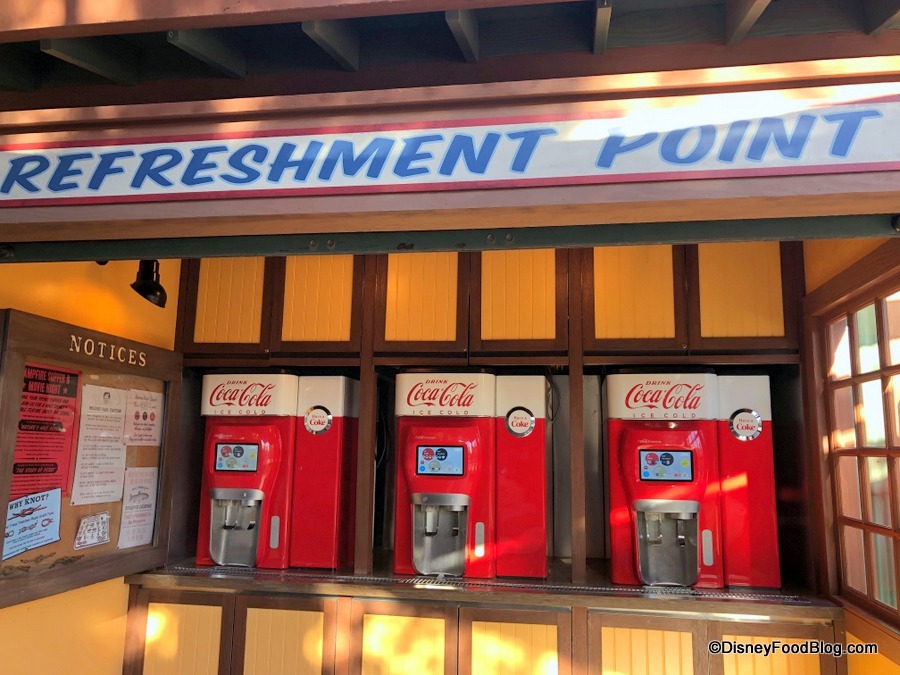
Leave a Reply